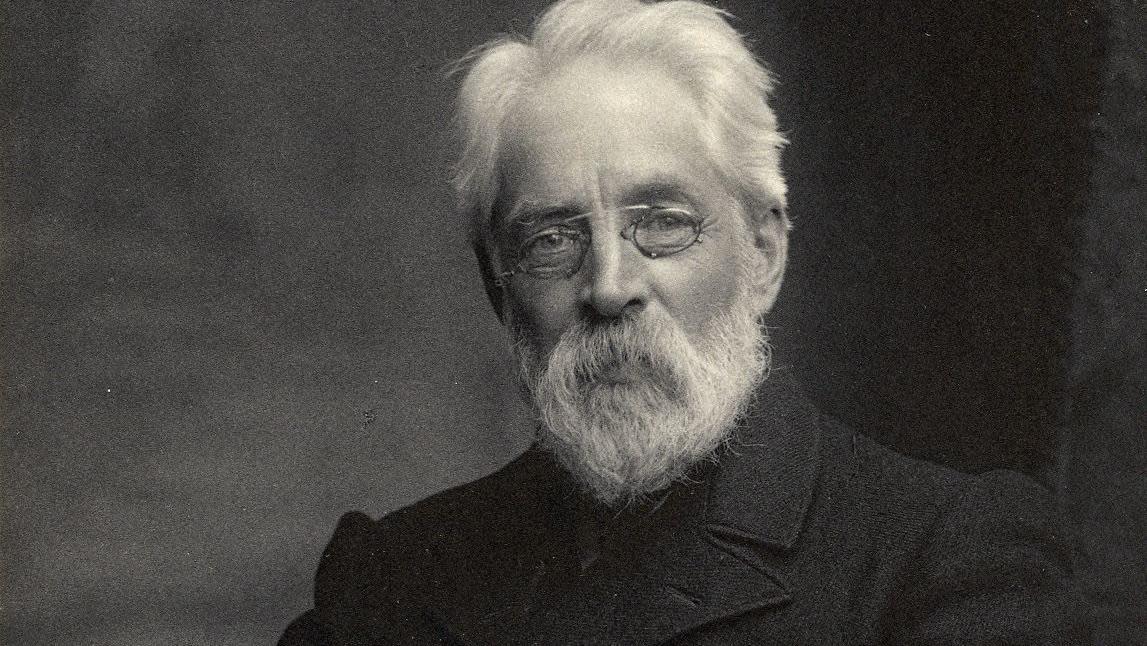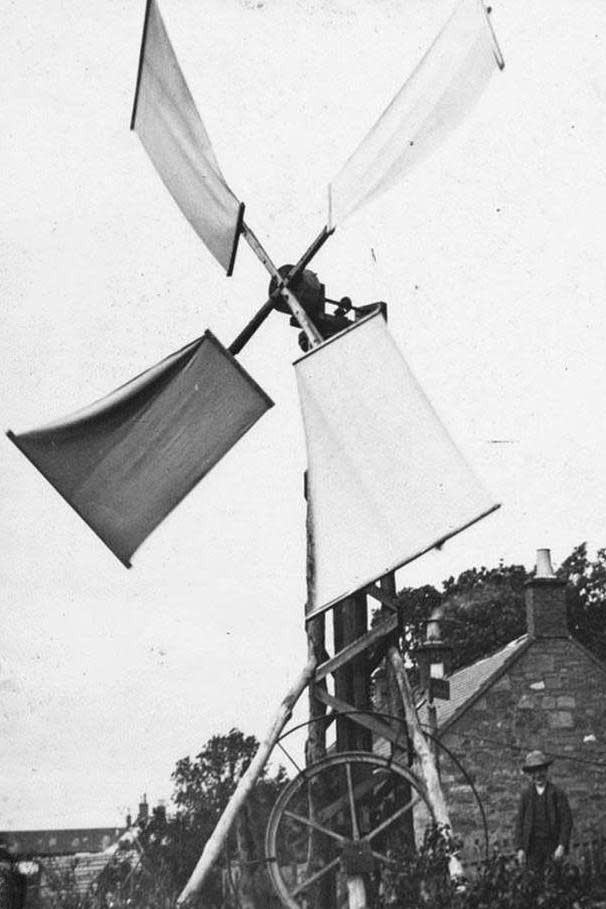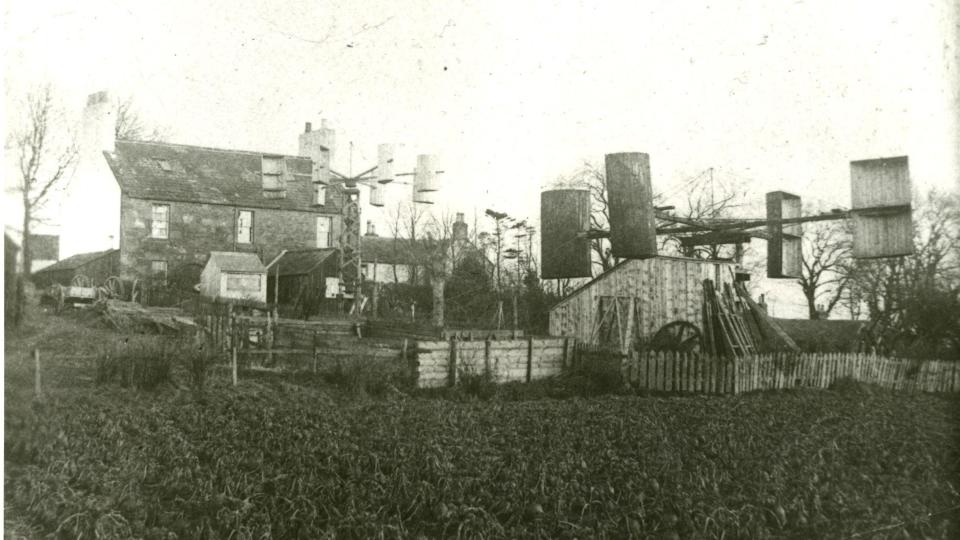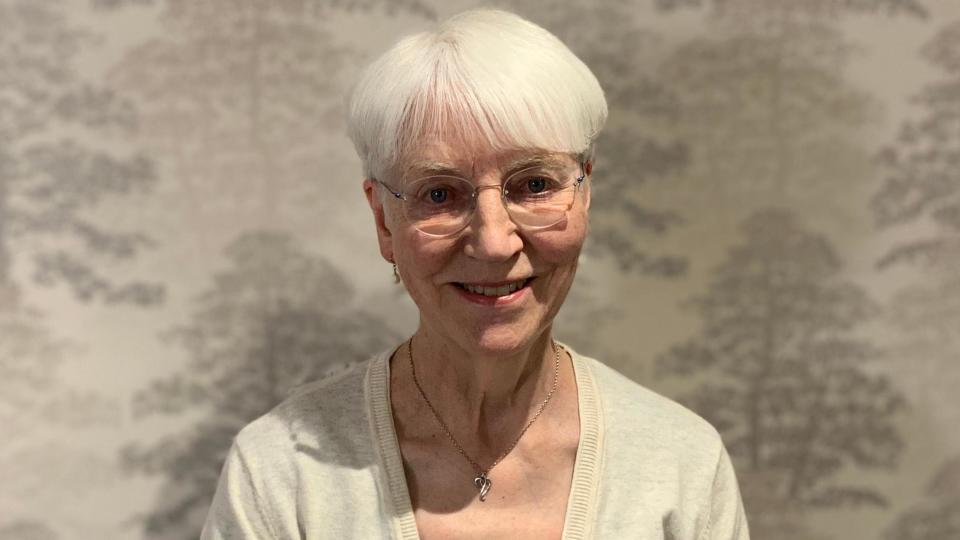The Scots engineer who pioneered the wind turbine

When James Blyth created what many believe was the world’s first wind turbine in 1887, villagers dismissed it as the "work of the devil".
The huge structure at Blyth’s family home in the Aberdeenshire village of Marykirk was built with four cloth sails and generated enough power to light 10 bulbs along with a small lathe.
It is said that he offered to light the streets of the village with his electricity but the offer was shunned.
Blyth's vision of a future powered by wind only started to be realised many decades after his death
But now, almost 140 years later, Blyth’s achievements are finally being commemorated with a blue plaque at his former home.


James Blyth's family have described him as a "clever man with a curious mind".
His first turbine was 33ft (10m) tall and was attached to a series of primitive batteries, known at the time as accumulators.
Four years later, in 1891, Blyth patented his "wind engine" and went on to create a larger version which supplied power to Montrose Lunatic Asylum - later the Sunnyside Royal Hospital - for almost 30 years.
Prof Bill Leithead, from Strathclyde University, said there was a race on to develop wind power, with American engineer Charles Brush completing his turbine just six months after Blyth's first model.
"There was very little previous work on this sort of development of generating technologies so really he was starting from the very beginning," Prof Leithead said.

Blyth was a professor of natural philosophy at Anderson's College in Glasgow which later became part of the University of Strathclyde.
He spent his summers at his childhood home in Marykirk where he developed the wind engine technology.
According to the University of Edinburgh, Blyth presented a paper in 1891 to the Royal Society of Edinburgh in which he argued the benefits of renewable energy including wind and wave power.
Blyth's great granddaughter Ferelith Green said: "As a family, we're delighted about this initiative.
"When he was developing wind power, coal was plentiful and cheap at the time and so wind power never really took off.
"It's only within recent times, when it's become much more important, that he's finally getting some recognition."
Blyth died in 1906 and is buried at St Mary's Church in Marykirk.
Industry body Scottish Renewables has funded the plaque because it says the Scottish pioneer deserves wider recognition.
Chief executive Claire Mack said: "You might struggle to go to a renewables office of any size and discover that there isn't a meeting room named after James Blyth but beyond the industry {he's} probably not particularly well known."


